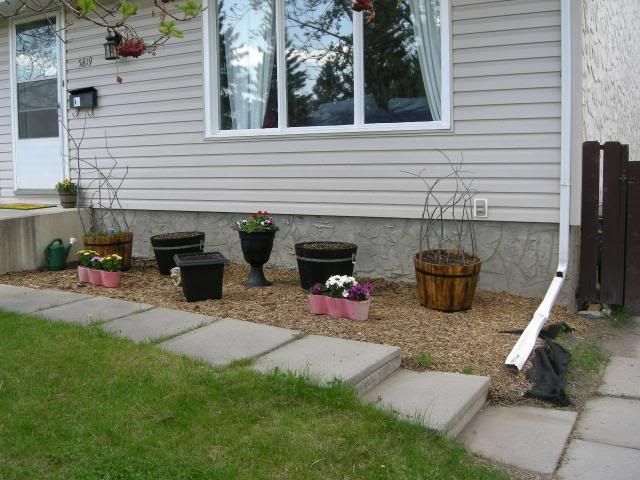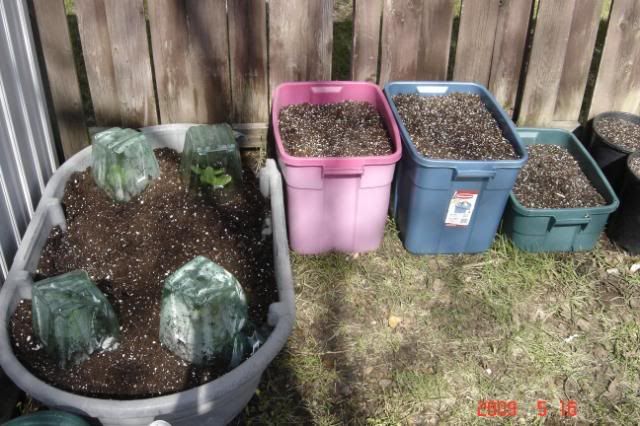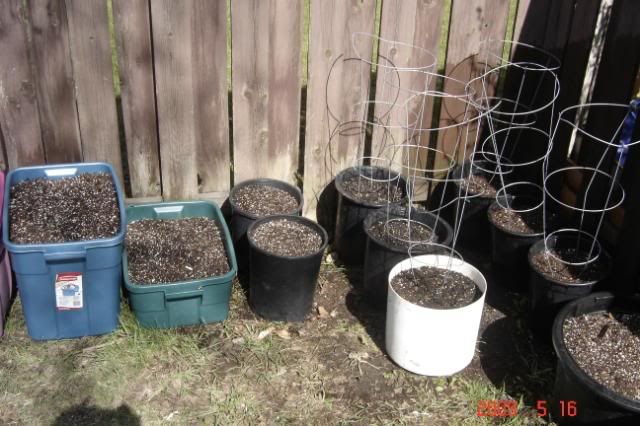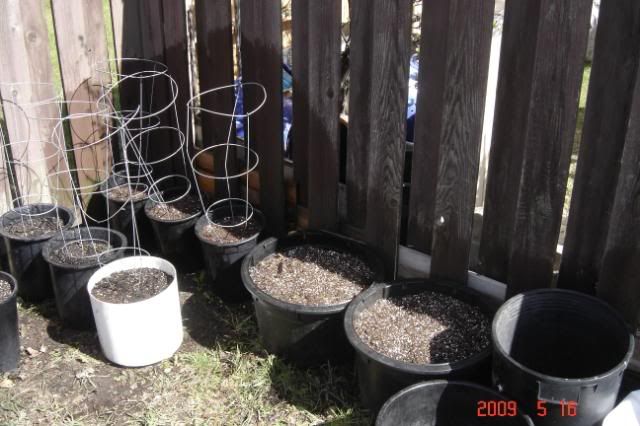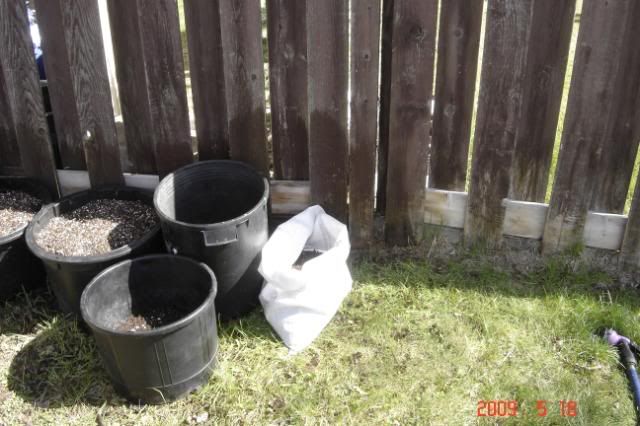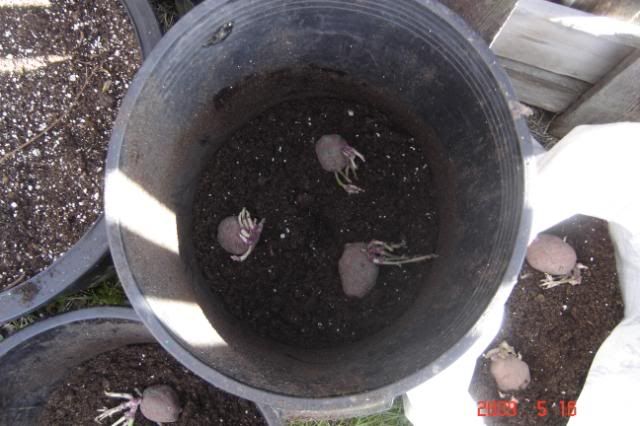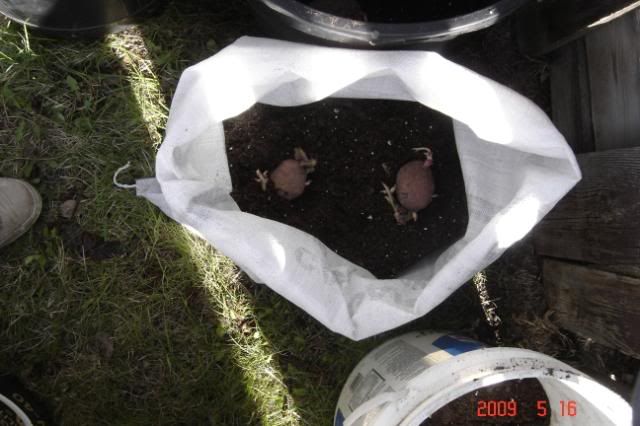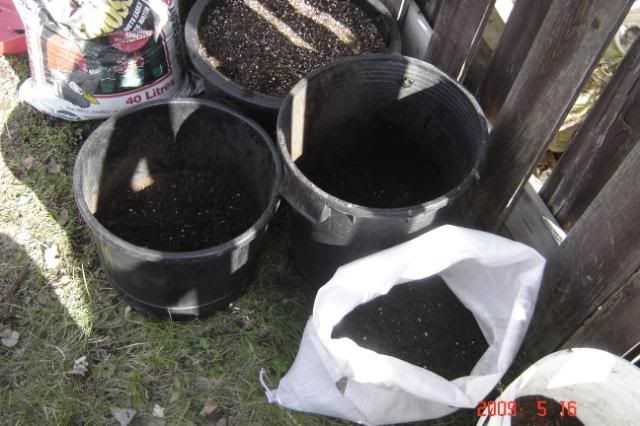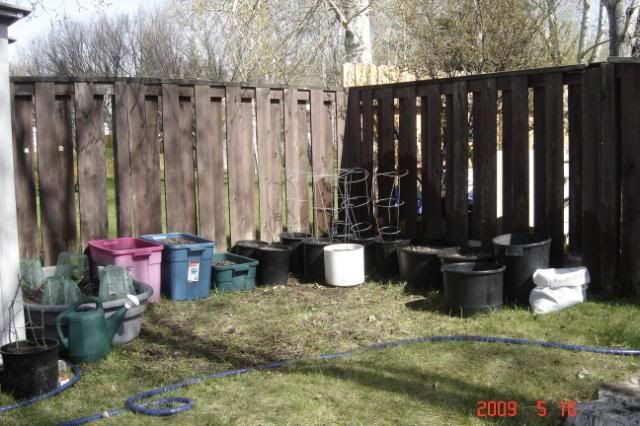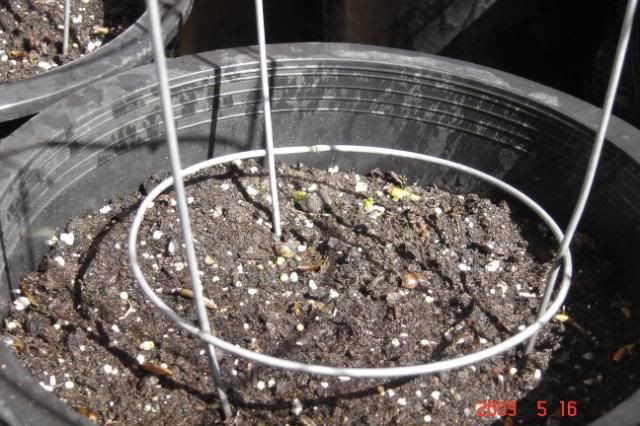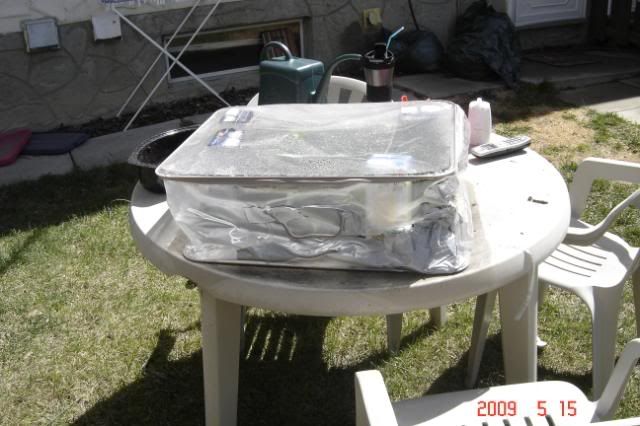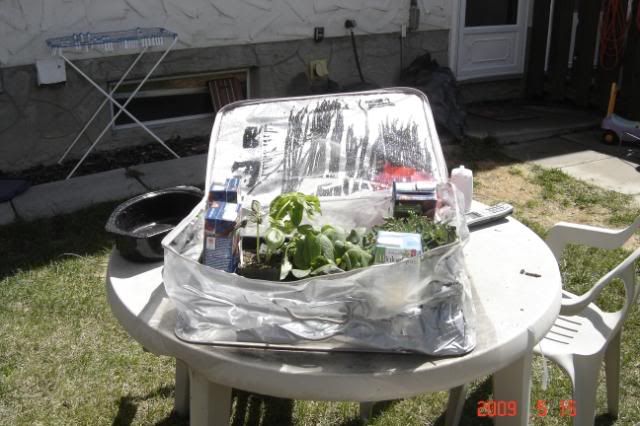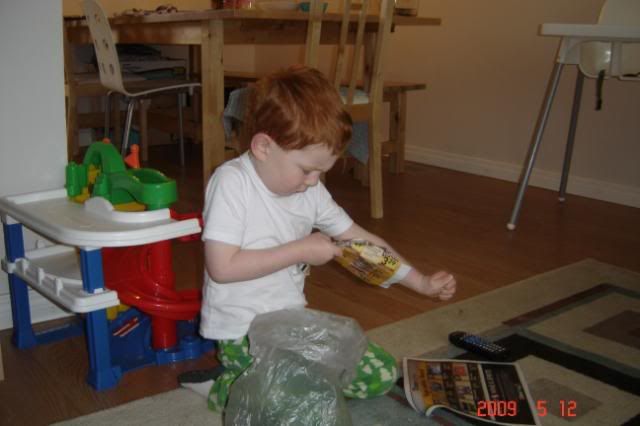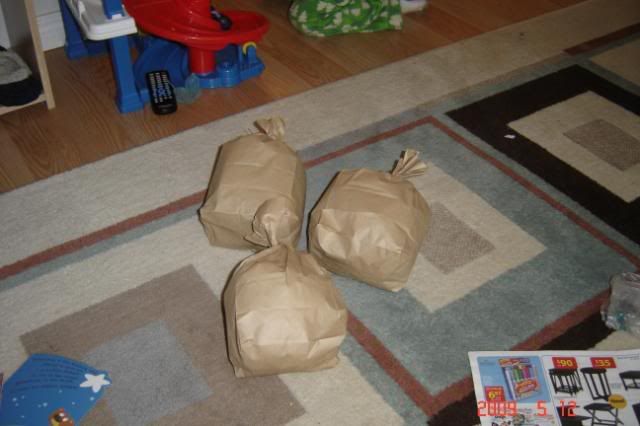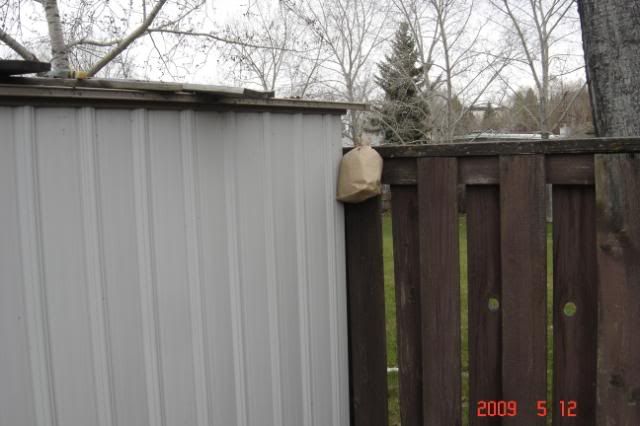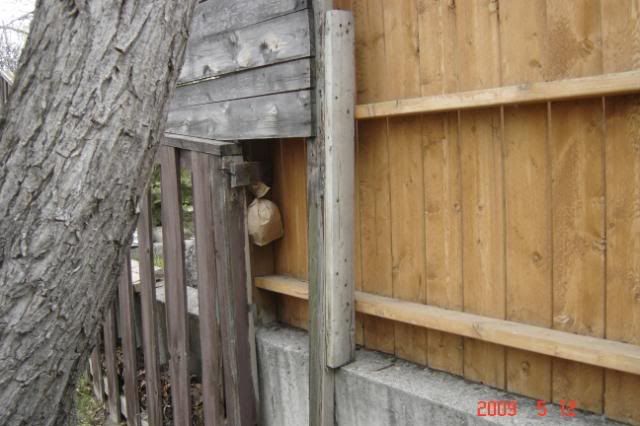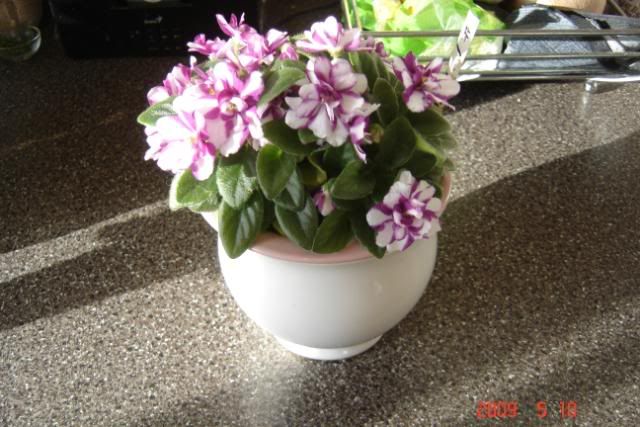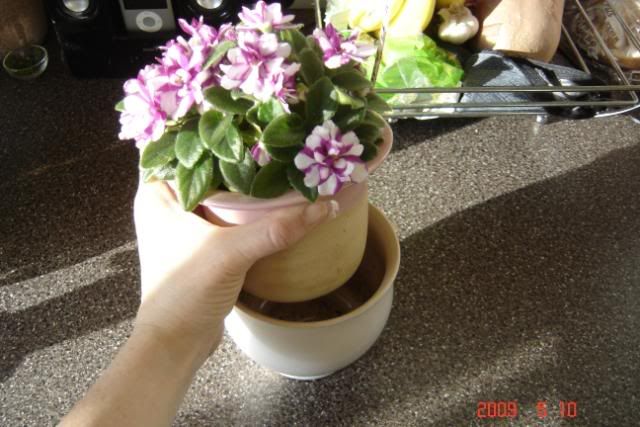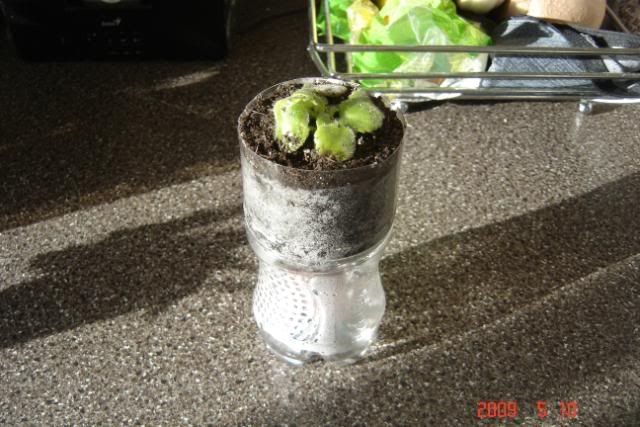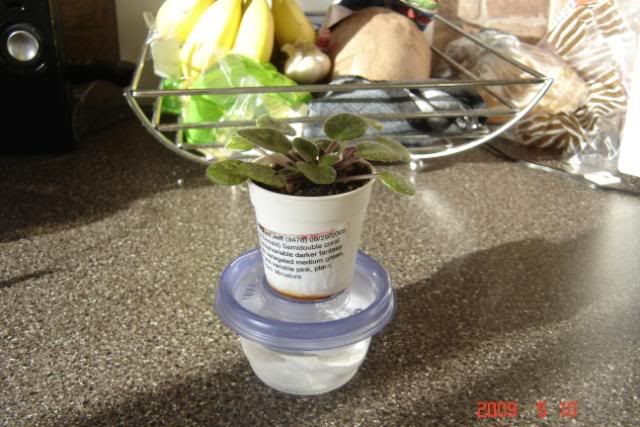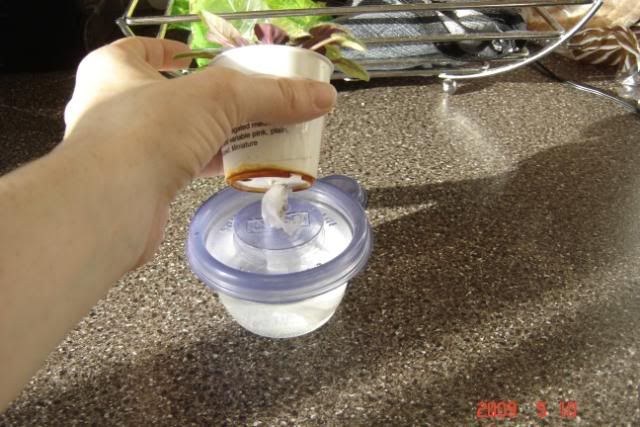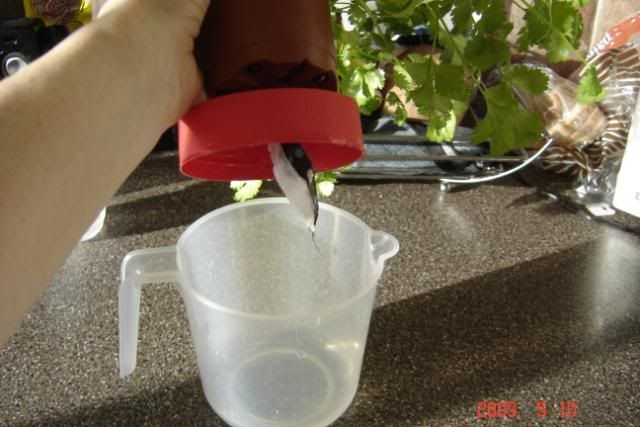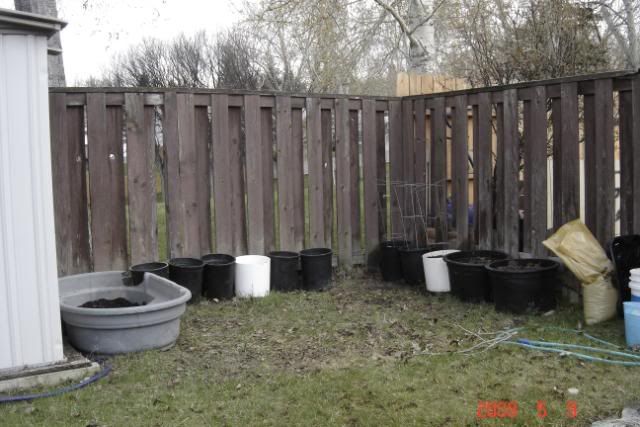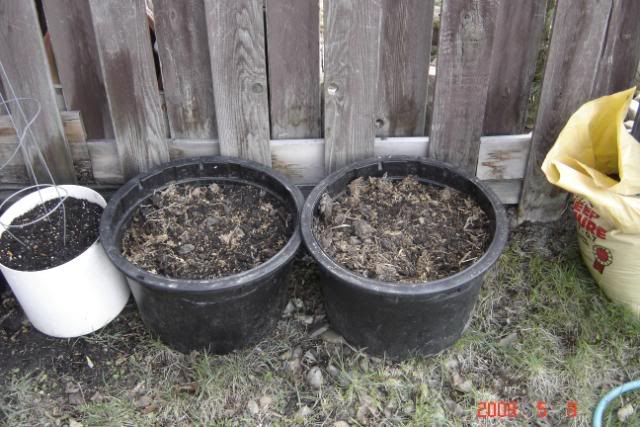So here is how my garden is looking today.
My tomatoes are doing pretty good. A few edges are crinkled from the night chill, but all in all they're strong. I have a couple still in kozy coats, those are looking great. They're growing in Maxikaps which you can find at Garden Retreat in Calgary. My herbs are mostly good, although I think I will be replacing the basil soon, it wasn't hardened off enough I don't think.
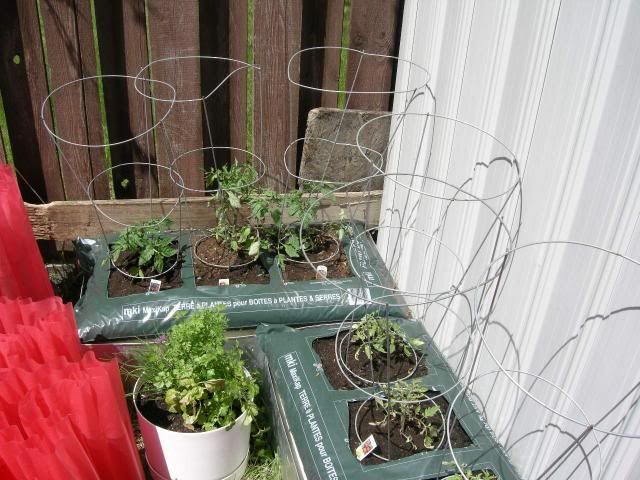
My peas are doing great! This is the first batch, I planted the seeds April 30th (so about a month ago. As this is my first year, I have no idea if that is slow, fast or right on track for where they should be, but I love seeing them come up and develop! My second batch (planted two weeks later on May 14th) have started to show. Not sure if I should do a third batch, I've almost run out of room for pots.
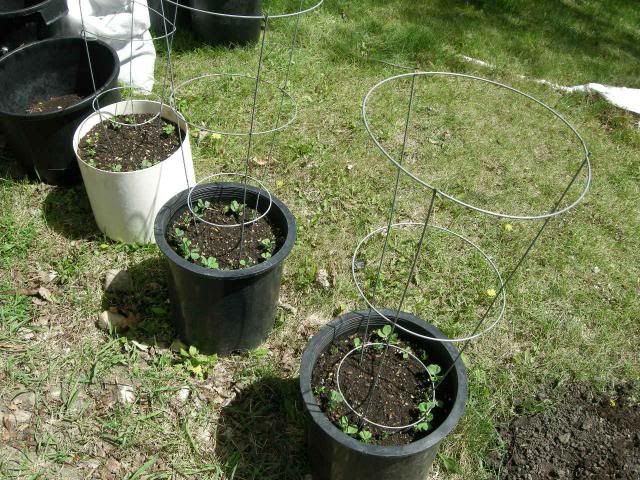
My beets are everywhere! One of my favorite garden veggies, I hope these are successful. I planted the seeds May 12th, so this is about two weeks later. Now I have to start learning about thinning out.
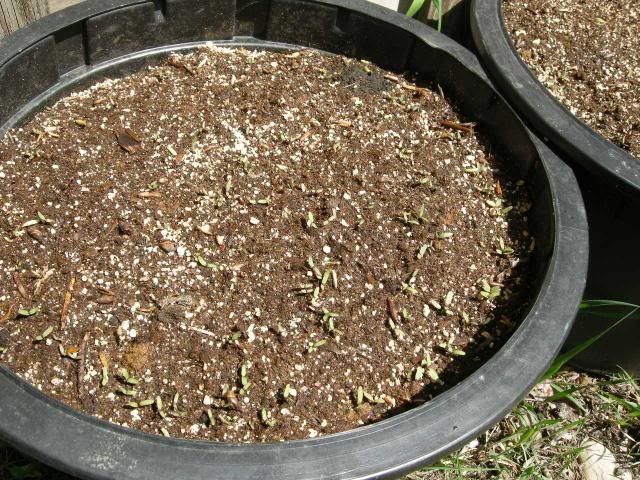
And here is my newest addition, my strawberry pot. I wasn't going to do strawberries, as I understand they don't really fruit until the second year, and I probably won't be able to overwinter them. But my mom kindly shared her plant credits at this years Calgary Horticulture Plant Share, and so I picked up a bunch for free. If they don't work, oh well, hopefully they'll flower and look pretty anyways.
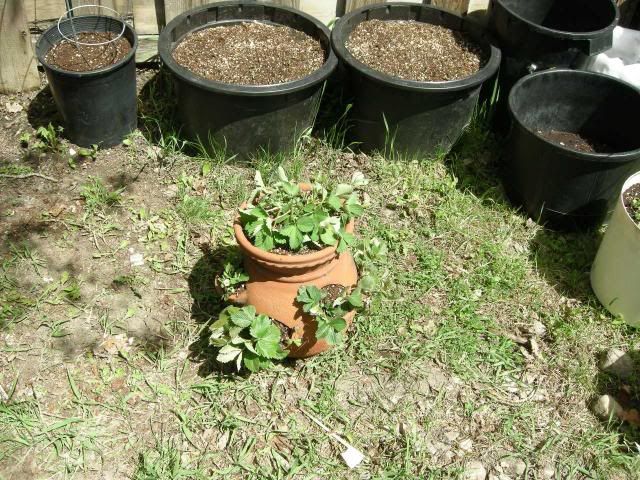
I have moved my lettuce to the side of the shed, there is less light in the afternoon so will hopefully keep them cooler. I can't tell if they're all coming up wonderfully, or if that's just all weeds from the compost. My other containers don't look like that, so I'm hoping it's all lettuce shoots! I planted these seeds on May 15th, so again just under two weeks.
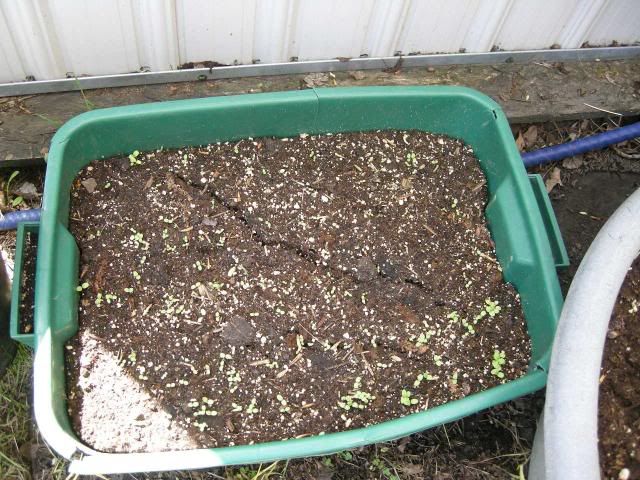
The spinach is looking great. I'm hoping this will turn out to be an easy and yummy veggie to grow, we love spinach! The seeds were also planted May 15th.
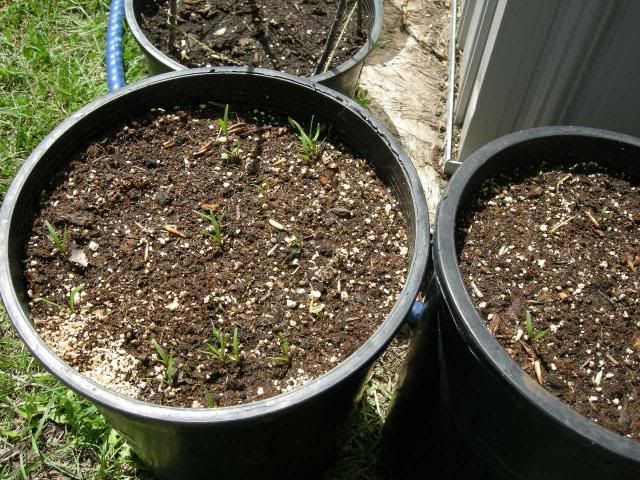
I didn't bother taking pictures of the zucchini. They're still under the cloches, so you can't really see them anyways. But they're doing great!
And here are my vegetable gardens from afar. It still looks pretty junky filled with old containers, but soon, it will be big growing plants!
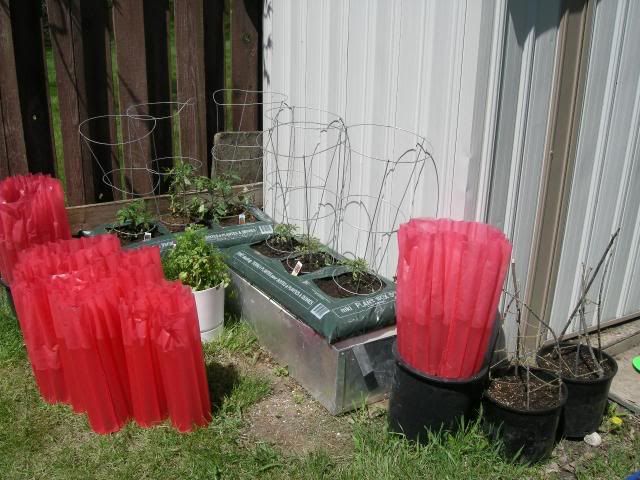
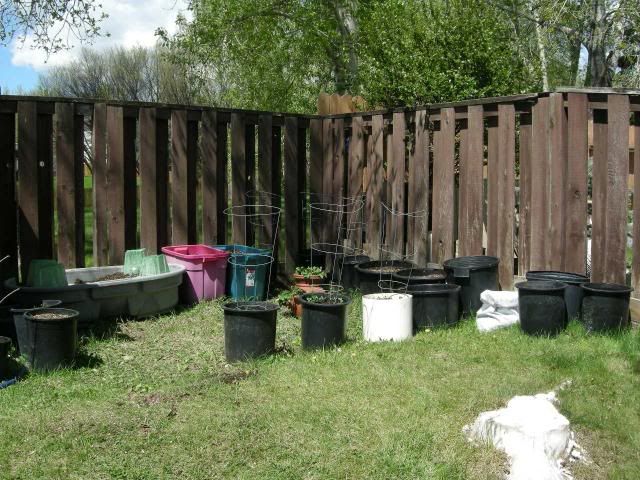
This is a perinnial that obviously some previous tenant had planted. I have no idea what it is, but I have two big mounds of it growing. I had to prune back some tall stems, so I'm hoping its something pretty! Anyone know what it might be?
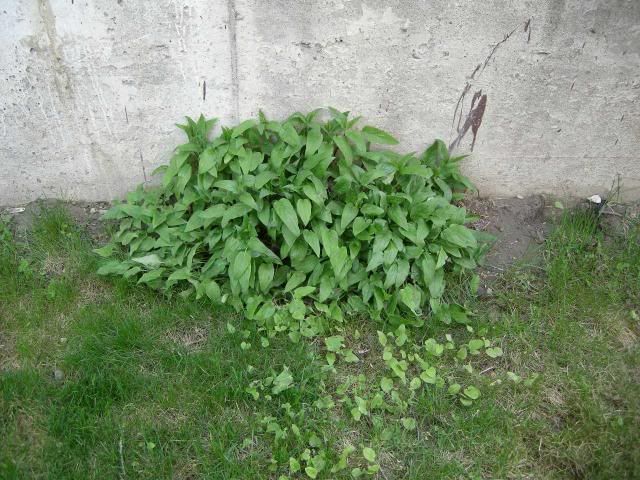
And here is a nice surprise. In the ugliest area of our yard, beside the composter and recycle bin, a sweet little Johnny Jump Up has made an appearance. In such a destiture area of the yard, I love to see it's happy little face smiling up at me every day.
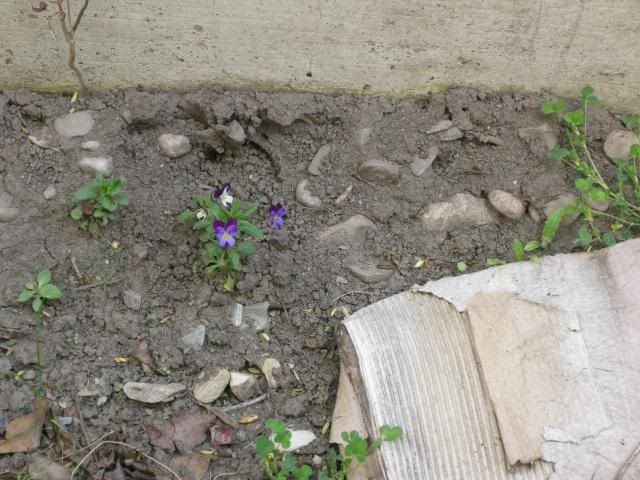
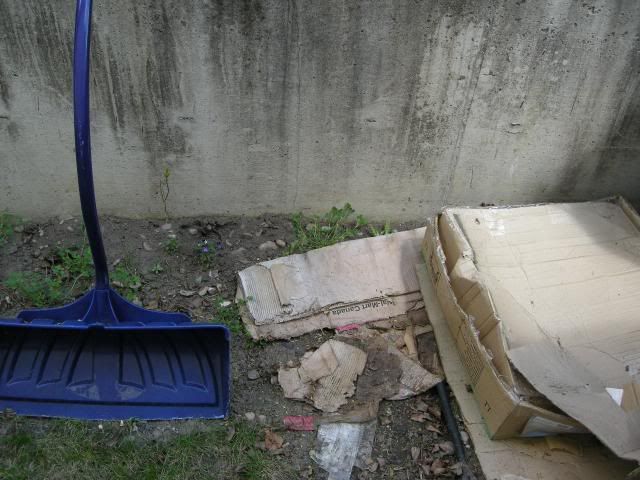
Moving out to the front yard, the flowers are starting to come up. Here is a barrel with some sunflowers growing quickly. Those sprouts weren't there yesterday! The seeds were planted May 15th. There are also marigold seeds planted in the same container, but I don't see them yet.
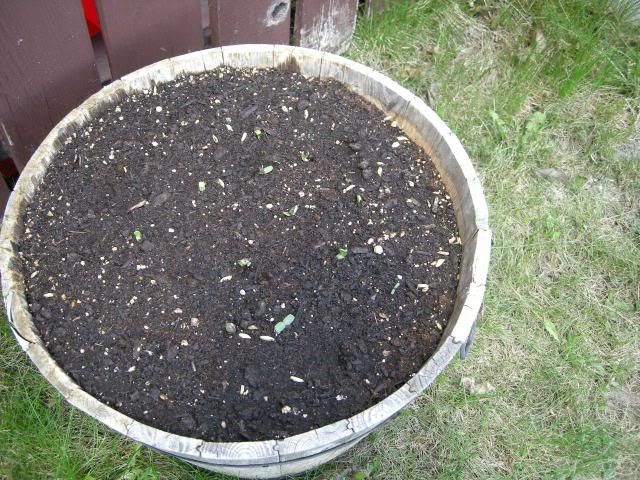
My scarlett runner beans haven't made an appearance yet. Maybe tomorrow...
But my cosmos are up! Both containers are chock full of 'em. I planted the seeds May 14th (same day as the scarlett runner beans).
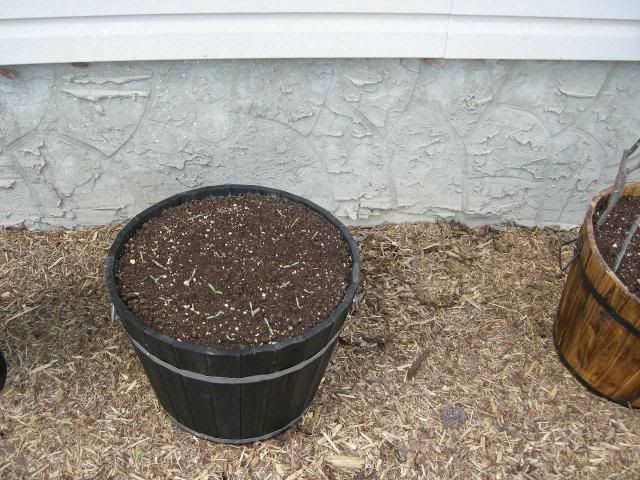
My snapdragons aren't up yet either (another May 14th seeding). Again, maybe tomorrow, it's amazing how one day they're just all there!
And my sweetpeas are doing fantastic! Some even have tendrils and are starting to grab onto the branches.
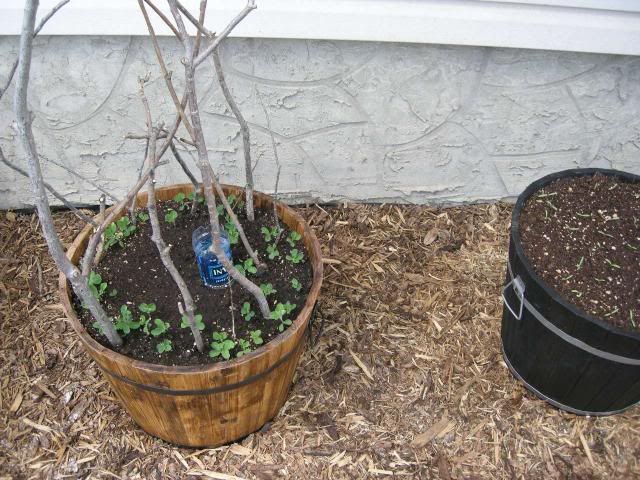
And here is my front garden. Much better than how it started don'tcha think?
